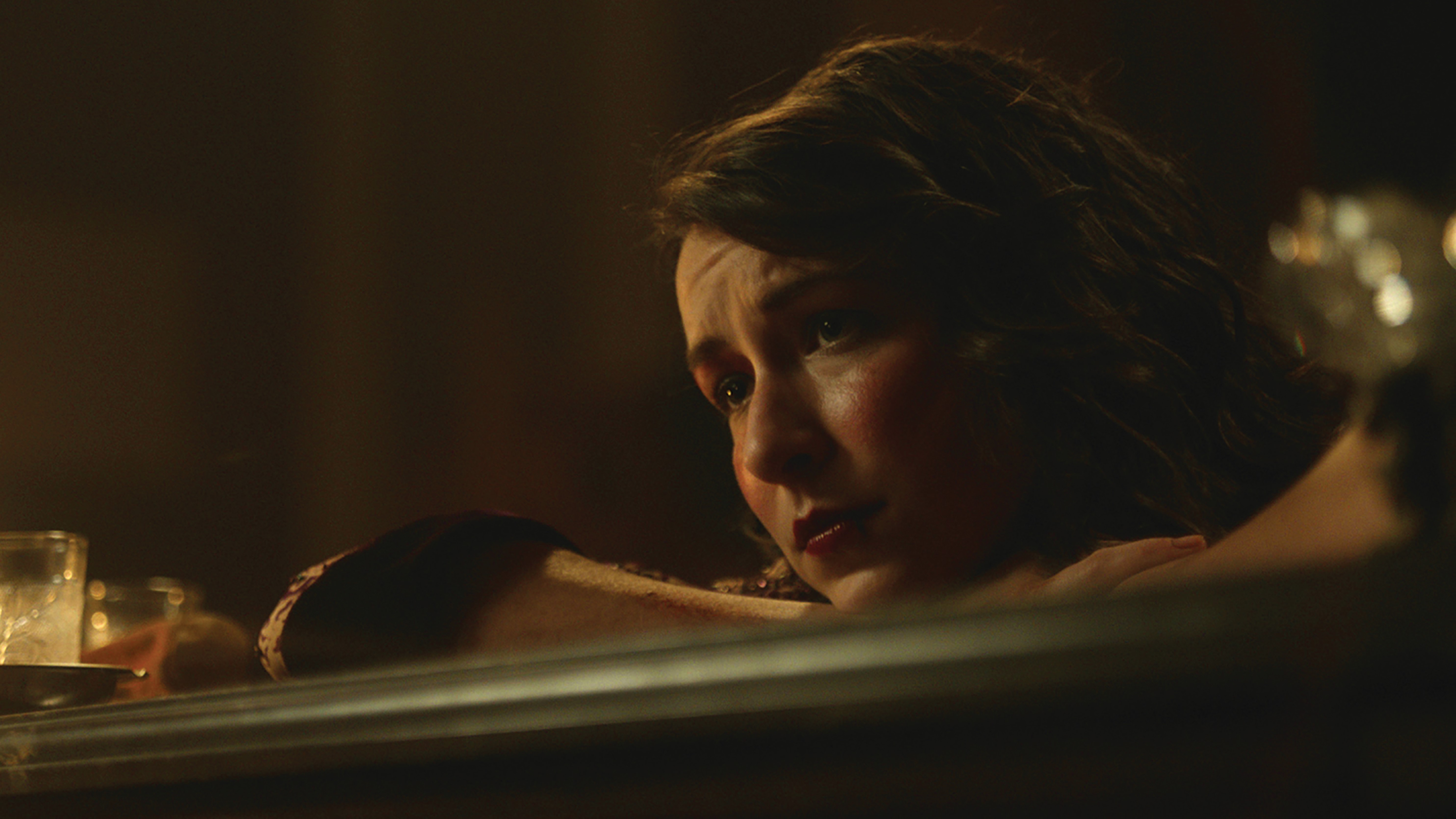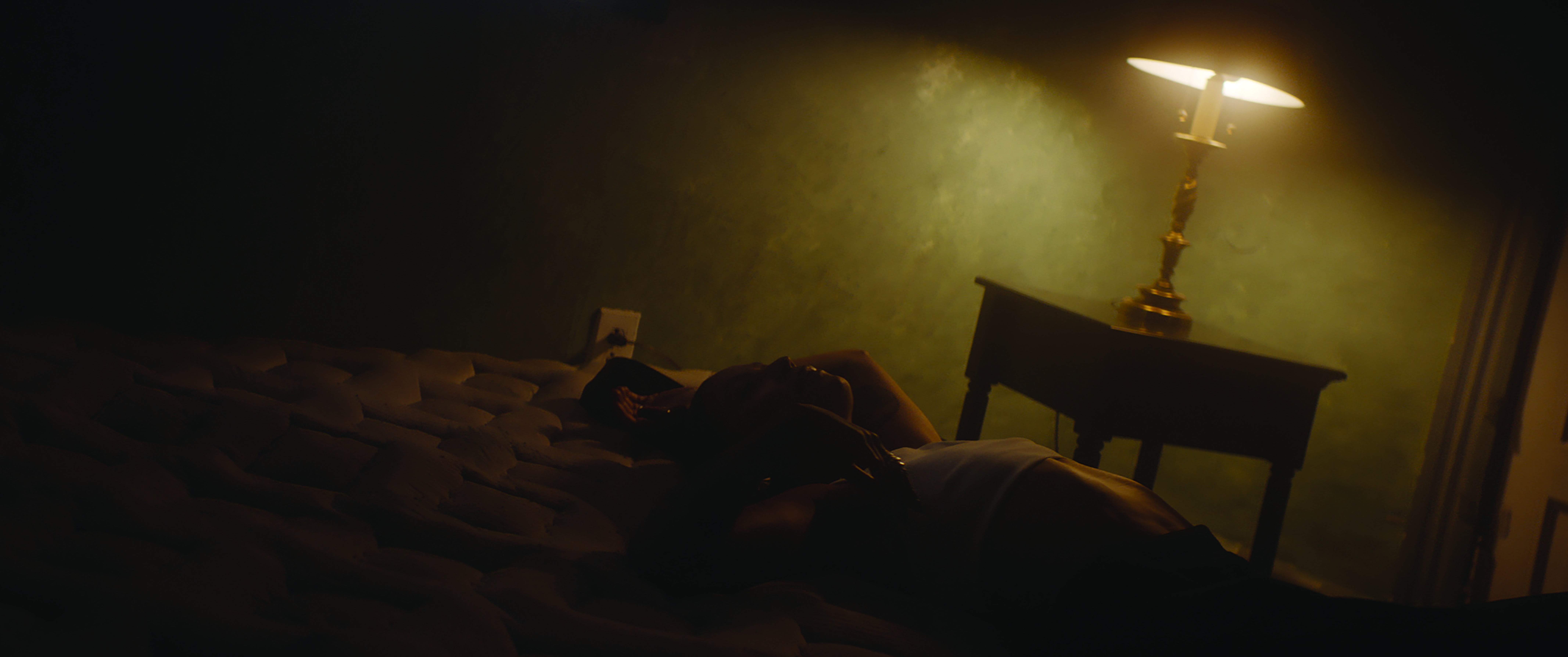Mixing Lighting Technology
There are a variety of lights for different uses, offering different qualities, colors and shapes

There are a lot of options available when it comes to lighting technology, and these days many tools are becoming ever more versatile. There are still lights for different uses though, offering different qualities, colors, shapes, etc. More often than not, a lighting package includes a variety of these tools in order to meet the challenges of lighting different spaces.
Something that can give you a powerful, directional push through a window isn’t necessarily what can give you the perfect omnidirectional soft light. Often, there are a few different types of lights actually lighting a scene. So how do we paint a frame with various tools and make it look natural and intentional?
BLENDING LIGHT
At the root of “mixing lighting” is the idea of blending light. Typically we don’t want a viewer to pay too much attention to the light sources on screen. When mixing different lighting technology, we usually strive to do so that is transparent for our audience. One specific example is when an effect of a light that exists in a location is extended with a film light.
For instance, an incandescent lamp that is on in a room may be used as a motivated source to “key light” a subject. The lamp by itself may not throw enough light on someone’s face without looking much too bright on screen, so a film light must be added just out of frame to extend the effect of the lamp.
A few factors are considered when choosing what this unit should be to mimic the qualities of the lamp—whether the light is soft or hard, its color temperature, shape and intensity. All of these things should match to ensure that the viewer cannot read the additional unit. A leko is a great solution for this as it naturally has a warm bulb and is a narrow beam that can be focused from a distance.
FROM SUBTLE TO INTENSE
In a recent music video, we had a few natural looks inside of different rooms where the lighting started out as subtle and then began to pulse with the beat. This shoot started the same way with practical sources placed by the production designer in different rooms. In this situation, we knew that light was going to change as the song progressed and would begin to mix differently.
Instead of using more tungsten, incandescent units that would match, Astera Titans were rigged overhead and programmed with a warmth that would initially match. In this case, this warm light was not meant to be an extension of lamps but rather a feeling of another practical fixture overhead in the room. Because we matched it, it blended in better. As the music changed, it was then easy to move away from the warm and have them strobe with new colors and intensities.
The professional video industry's #1 source for news, trends and product and tech information. Sign up below.
Beyond just extending what already existed in the location, the artists moved from space to space at night. So we needed to feel the depth of outside by illuminating surfaces outside windows and pushing light through others. Because we had Asteras above on the ceilings, Skypanels served as the main units outside since they, like the Asteras, could be programmed and matched in color easily. A few M40s pushed through with selected gel frames in front of them. Matching colors and choosing other colors that contrasted well with each other was really important so that as we moved from room to room, the visuals remained seamless.

GETTING STARTED
Starting out, it can be intimidating to blend and mix units that have different traits. Because of the ability to change color, quality and intensity, we can find a middle ground where different sources don’t overpower others and instead, work together to create a pleasing frame. Setting a white balance on camera that is between tungsten and daylight can help avoid any warm or cool units being too oversaturated.
There are so many choices in lighting tools and the more knowledge we possess of what each is capable of, the better we can put together a versatile lighting package—one that can allow us to be really intentional with any shooting location.
Julia Swain is a cinematographer whose work includes films such as “Lucky” and “Speed of Life” alongside dozens of commercials and music videos. She continues to shoot on a variety of formats, seeking to create compelling visuals for every story and brand. She can be reached through TV Technology.
